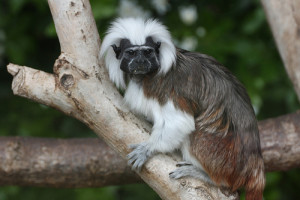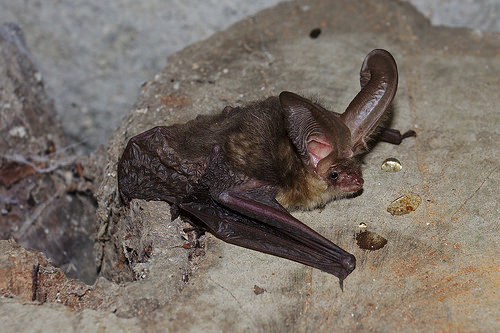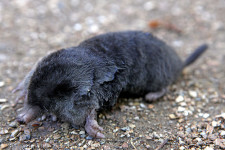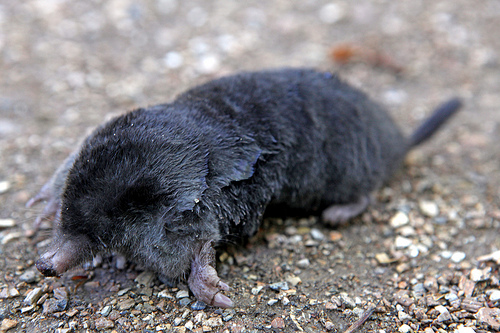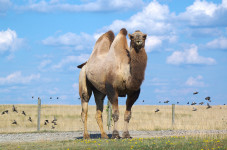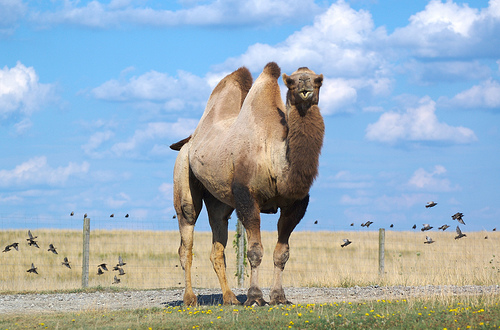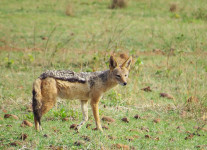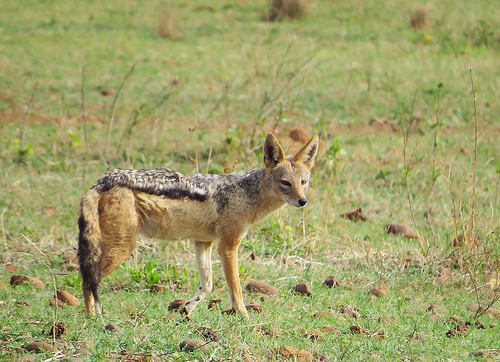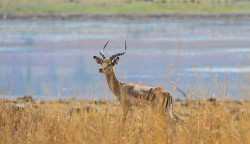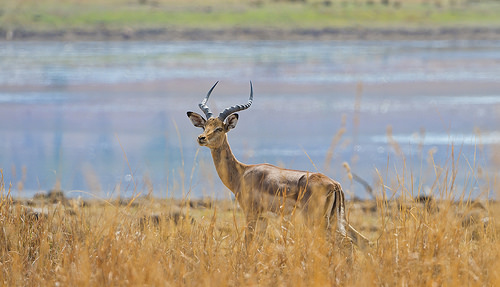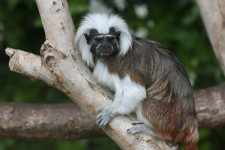
Top it all off with the cotton-top tamarin.
- Cotton-top tamarins are small primates, native to the forests of north-west Columbia, in South America.
- Cotton-top tamarins are among the smallest monkeys, with a size of 18 to 30 centimetres (7 to 12 inches) in length and 220 to 900 grams (7.7 to 32 ounces) in weight.
- The hair on the head of a cotton-top tamarin is coloured white, hence its common name, while the monkey has fur on its body that ranges from white, brown, black and tan in colour.
- The scientific name of a cotton-top tamarin is Saguinus oedipus, and it is from the family Callitrichidae, a family of New-world monkeys.
- The diet of cotton-top tamarins consists primarily of fruit, insects, nectar, rodents and sap, and they spend much of their time, including sleeping, in trees.
Cotton-top Tamarin
Image courtesy of Mark Kent/Flickr
- Cotton-top tamarins have been protected since 1969, however, they are listed as critically endangered, with total population numbers decreasing due to major habitat loss, and they have been sought after for the pet industry, even though it is illegal.
- Cotton-top tamarins live in troops with two to fourteen individuals, with the head consisting of a female and her choice of male partner, and they are generally the only pair that breeds, due to the breeding suppressing pheromones that the dominant female releases.
- Generally, female cotton-top tamarins produce two babies at single time, although one is not uncommon, and the young are transported on the back of the parents, and are also cared for by others in the group.
- Cotton-top tamarins are preyed on by snakes, birds of prey, and wild cats, and they have an average lifespan of 8 to 15 years in the wild.
- Sounds made by cotton-top tamarins are similar to those of birds, and include whistles, chirps and trills, and they are able to make 38 different sounds.
Bibliography:
Cotton-Top Tamarin, 2011, Perth Zoo, http://perthzoo.wa.gov.au/wp-content/uploads/2011/06/Cotton-top-Tamarin-Fact-Sheet-2012.pdf
Cotton-top Tamarin, 2015, Wikipedia, https://en.wikipedia.org/wiki/Cotton-top_tamarin
Cottontop Tamarin, 2013, A-Z Animals, http://a-z-animals.com/animals/cottontop-tamarin/




